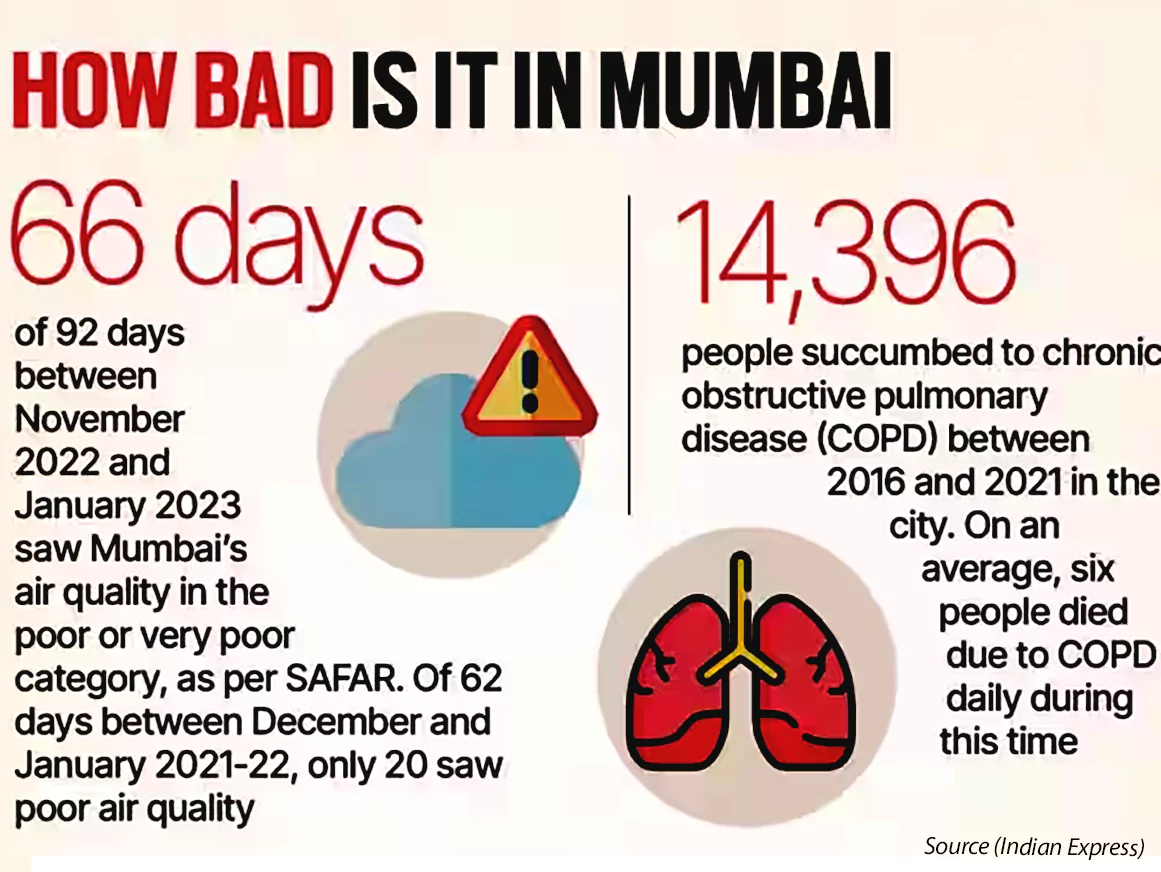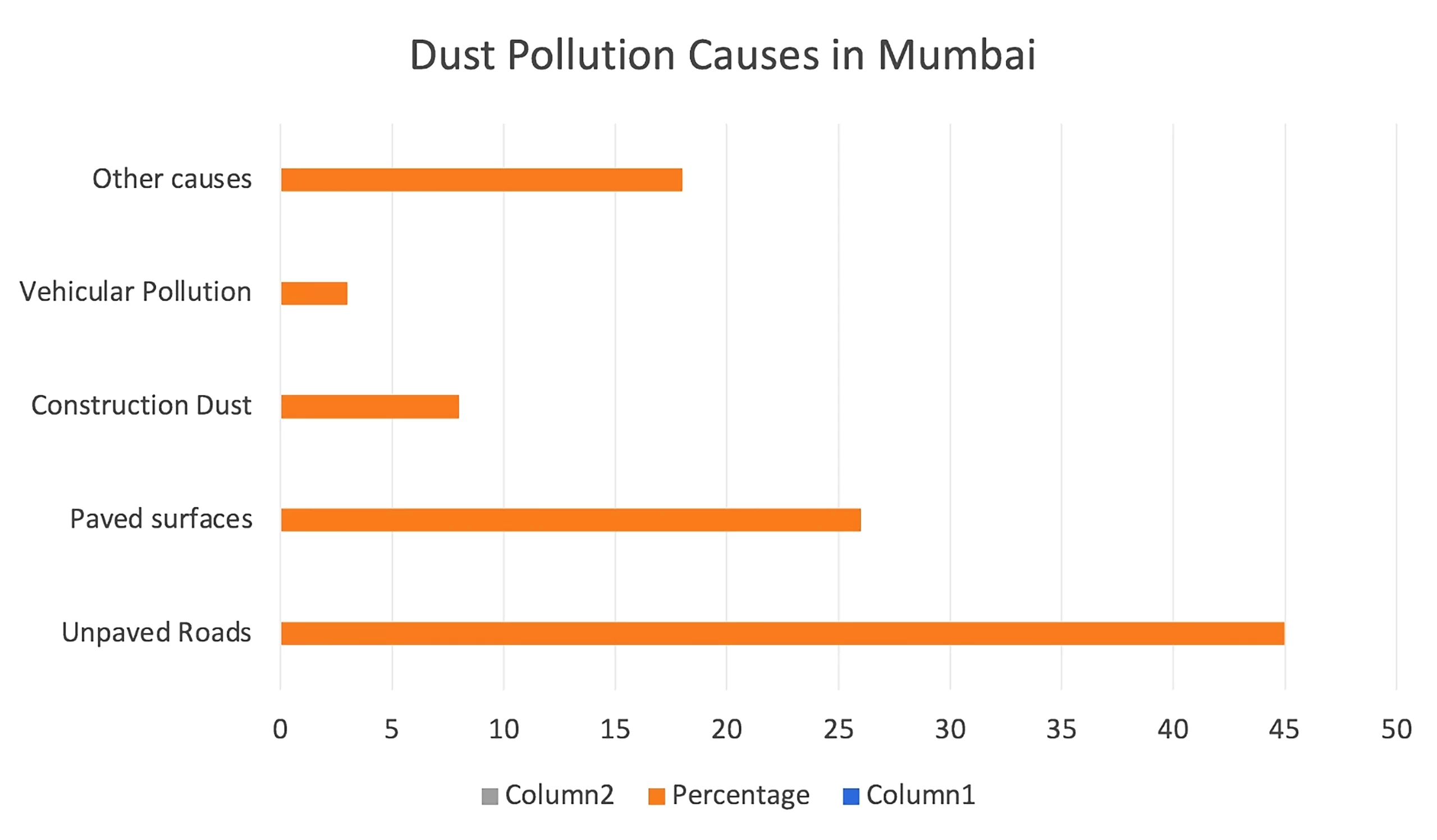
News Source: Economic Times
| Prelims Question (2020)
Which of the following are the most likely places to find the musk deer in its natural habitat? 1. Askot Wildlife Sanctuary 2. Gangotri National Park 3. Kishanpur Wildlife Sanctuary 4. Manas National Park Select the correct answer using the code given below: (a) 1 and 2 only (b) 2 and 3 only (c) 3 and 4 only (d) 1 and 4 only Ans: (a) |
|---|
The Yield on 10-year government bonds in the US, the benchmark for asset prices across the globe, rose to hit 5.02 per cent.
News Source: The Indian Express
| Prelims Question (2021)
With reference to India, consider the following statements: 1. Retail investors through demat account can invest in ‘Treasury Bills’ and ‘Government of India Debt Bonds’ in primary market. 2. The ‘Negotiated Dealing System-Order Matching’ is a government securities trading platform of the Reserve Bank of India. 3. The ‘Central Depository Services Ltd’ is jointly promoted by the Reserve Bank of India and the Bombay Stock Exchange. Which of the statements given above is/are correct? (a) 1 only (b) 1 and 2 (c) 3 only (d) 2 and 3 Ans: (b) |
|---|
The Supreme Court held that a public employer, which is a ‘state’ within the meaning of Article 12 of the Constitution, would have no authority to act in an arbitrary manner.
News Source: The Hindu
| Prelims Question (2019)
Constitution of India, prohibition or limitations or provisions contained in ordinary laws cannot act as prohibitions or limitations on the constitutional powers under Article 142. It could mean which one of the following? (a) The decisions taken by the Election Commission of India while discharging its duties cannot be challenged in any court of law. (b) The Supreme Court of India is not constrained in the exercise of its powers by laws made by the Parliament. (c) In the event of grave financial crisis in the country, the President of India can declare Financial Emergency without the counsel from the Cabinet. (d) State Legislatures cannot make laws on certain matters without the concurrence of Union Legislature. Ans: (b) |
|---|
News Source: Down to Earth
| Prelims Question (2019)
In the context of which of the following do some scientists suggest the used of cirrus cloud thinning technique and the injection of sulphate aerosol into stratosphere? (a) Creating the artificial rains in some regions (b) Reducing the frequency and intensity of tropical cyclones (c) Reducing the adverse effects of solar wind on the Earth (d) Reducing the global warming Ans: (d) |
|---|
Organization for Economic Co-operation and Development (OECD)
|
|---|
News Source: Down to Earth
| Prelims Question (2019)
Consider the following statements: 1. The United Nations Convention against Corruption (UNCAC) has a ‘Protocol against the Smuggling of Migrants by Land, Sea and Air’. 2. The UNCAC is the ever-first legally binding global anti-corruption instrument. 3. A highlight of the United Nations Convention against Transnational Organized Crime (UNTOC) is the inclusion of a specific chapter aimed at returning assets to their rightful owners from whom they had been taken illicitly. 4. The United Nations Office on Drugs and Crime (UNODC) is mandated by its members States to assist in the implementation of both UNCAC and UNTOC. Which of the statements given above are correct? (a) 1 and 3 only (b) 2, 3 and 4 only (c) 2 and 4 only (d) 1, 2, 3 and 4 Ans: (c) |
|---|
| Relevancy for Prelims: Mumbai Air Pollution, Air Quality Index, World Health Organization (WHO), Economic Policy Reforms 2023, and National Clean Air Programme.
Relevancy for Mains: Mumbai Air Pollution, Mumbai Air Quality, reasons behind increasing air pollution in Mumbai, and Government Initiatives. |
|---|
What is AQI?
|
|---|
Also read: Air Quality Life Index (AQLI) Report


What is a Graded Response Action Plan (GRAP)?
Implementing agency
|
|---|
Also read: Winter Action Plan For Delhi Air Pollution
The deteriorating air quality in Mumbai demands urgent action and a comprehensive strategy to address the multifaceted sources of pollution, from vehicular emissions to industrial hotspots, in order to safeguard public health and environmental sustainability.
| Prelims Question (2016)
In the cities of our country, which among the following atmospheric gases are normally considered in calculating the value of Air Quality Index? 1. Carbon dioxide 2. Carbon monoxide 3. Nitrogen dioxide 4. Sulfur dioxide 5. Methane Select the correct answer using the code given below. (a) 1, 2 and 3 only (b) 2, 3 and 4 only (c) 1, 4 and 5 only (d) 1, 2, 3, 4 and 5 Ans: (b) |
|---|
| Relevancy for Prelims: Farmer Producer Organisations (FPOs), FPO Shakti portal, Companies Act, NABARD, and Small Farmers Agribusiness Consortium (SFAC).
Relevancy for Mains: Farmer Producer Organisations, Why does India need them, and challenges within the FPOs. |
|---|
Various studies commissioned by NABARD, have established the positive role of Farmer Producer Organisations (FPOs), However, there are challenges and policy gaps in the ecosystem. The important challenges and confronting issues in building sustainable FPOs, are as under:
National Bank For Agriculture And Rural Development (NABARD)
Small Farmers Agribusiness Consortium (SFAC)
Average paid up Capital
|
|---|
Success Stories Of Farmer Producer Organisations
|
|---|
Also read: Farmers’ Distress Index
Formation & promotion of Farmer Producer Organisations (FPOs) is the first step for converting Krishi into Atmanirbhar Krishi. This will enhance cost-effective production and productivity and higher net incomes for the members of the FPO.
| Prelims Question (2023)
Which one of the following best describes the concept of ‘Small Farmer Large Field’? (a) Resettlement of a large number of people, uprooted from their them a large cultivable land which they cultivable land which they cultivate collectively and share the produce. (b) Many marginal farmers in an are organize themselves into groups and synchronize and harmonize selected agricultural operations. (c) Many marginal farmers in an area together make a contract with a corporate body and surrender their land to the corporate body for a fixed term for which the corporate body makes a payment of agreed amount to the farmers. (d) A company extends loans, technical knowledge and material inputs to a number of small farmers in an area so that they produce the agricultural commodity required by the company for its manufacturing process and commercial Production. Ans: (b) |
|---|
| Mains Question: How does e-Technology help farmers in production and marketing of agricultural produce? Explain it. |
|---|
<div class="new-fform">
</div>